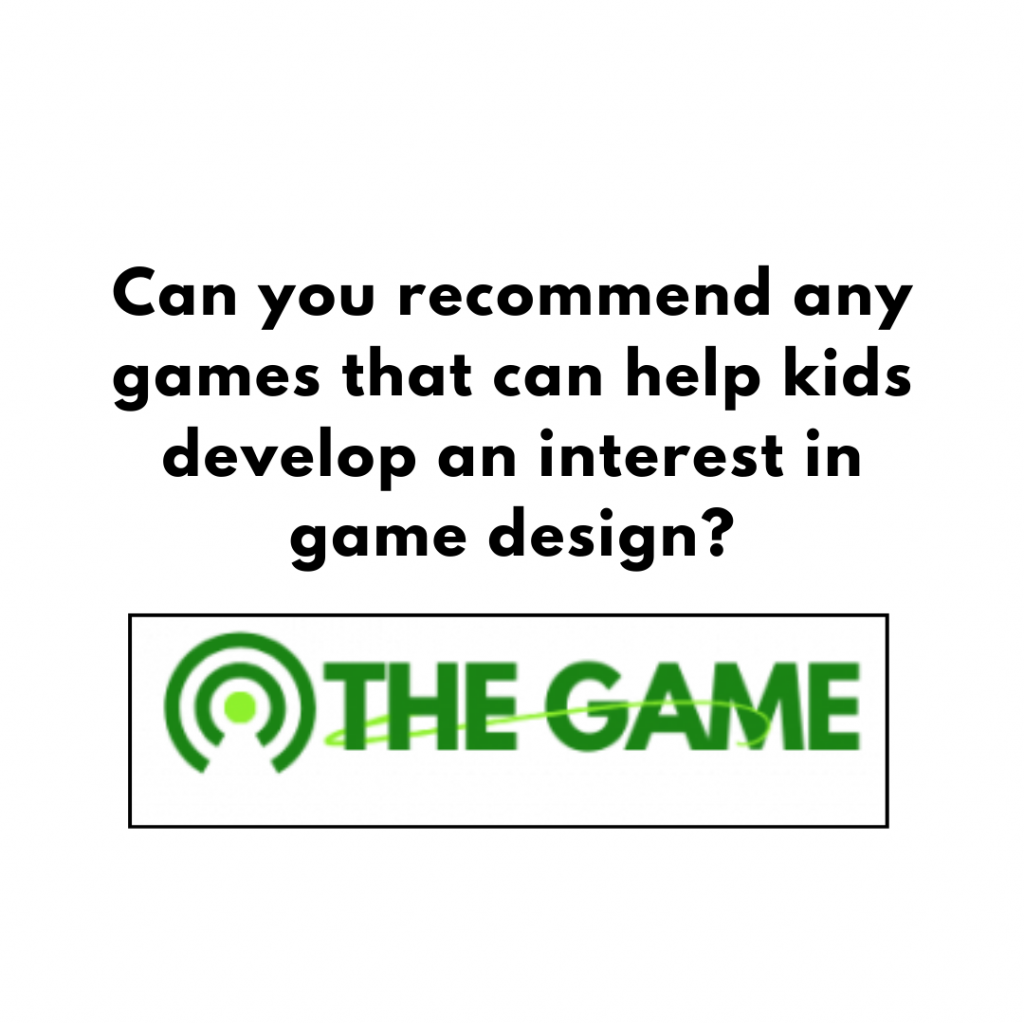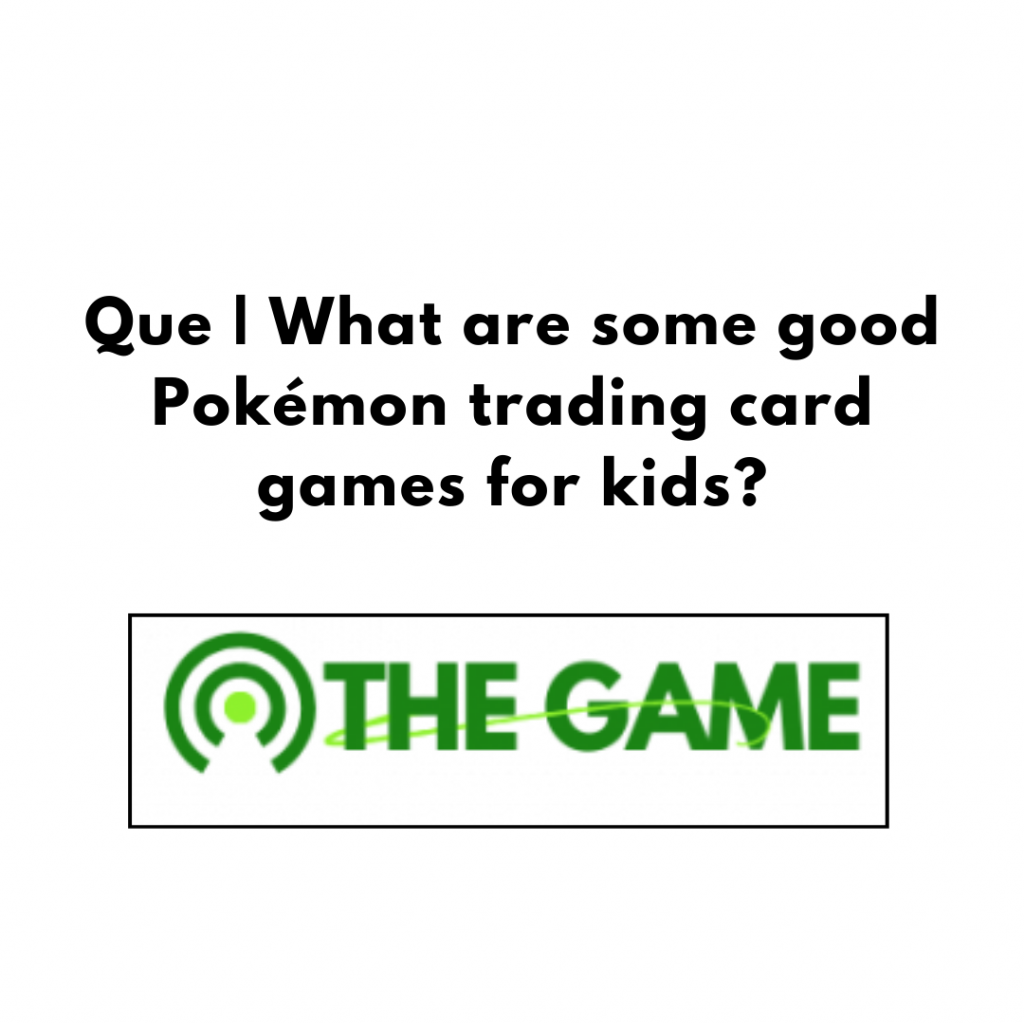It is fun to work as a game programmer, injecting creativity with technical knowledge. If you are a child wishing to make your games and want to learn how they work, the thing to do is to find ways to get the knowledge and skills you will need in the game programming career. Here’s a guide that can get you begun, some easy steps, and tools to get ready to succeed in game programming.
1. Learn Primary Coding Languages
Know some programming code for game making. The following are some of the popular and easiest programming languages for beginners to start with:
Scratch is a programming language that makes blocks upon which kids can use. It was developed by MIT and is available for free. It teaches the basics of coding, using drag-and-drop code blocks to make animations, stories, and simple games. Scratches are fantastic at learning coding logic and structure.
Python: Ah, many think that Python is one of the easiest programming languages to master. The way of writing code is simple with Python, and it finds applications in many other areas, like game-making. There are a lot of resources available for beginners who want to learn Python.
JavaScript: JavaScript is important for making games that run on the web and can be enjoyable to learn. With JavaScript, you can create simple games that work in a browser, which is a good way to learn programming for online games.
2. Try Out Game Development Tools for Beginners
Many tools let you make simple games without needing a lot of programming skills, which makes them great for kids who are just beginning.
Tynker: This is a kids-friendly platform that provides lessons on coding and building games, guiding one through creating simple games in block-based code like in Scratch.
RPG Maker: This program helps you make role-playing games (RPGs) even if you don’t know much about coding. It’s a good way to begin with game design, letting you concentrate on stories, characters, and how the game works without needing complicated code.
Unity and C#: Other than using more professional tools to generate your game, the most widely used game-developing engines are Unity because it is simply easy to begin with when you use the C# language. There are special tutorials for kids and beginners on how to create 2D and 3D games.
Here You Can Read Related About: Can you recommend any games that can help kids develop an interest in game design?
3. Be Knowledge with Game Design Basics
Game programming is not just coding but also knowing what makes a game fun and exciting. Learn game design basics by exploring parts such as:
The character and story development: What characters, where, and what story can help make your game fun? Extremely important for role-playing games or adventure games.
Gameplay Mechanics: The rules and systems in your game that make it work are considered gameplay mechanics. Taking an example of a platformer game, the mechanics might include jumping, running, and collecting items. You should start with simple game mechanics and add more complexity as you get better.
Level Design: This is the design of every step or area that makes up your game. You may begin sketching out concepts on paper before creating them using your game development application. You can easily test level design in tool applications like Scratch and Unity.
4. Apply problem-solving and logical skills
Making video games is nothing but solving a lot of problems. Debugging or rectifying code is an integral part of game programming. Practice your puzzle-solving skills on simple puzzles and logic games. Some very helpful resources on the internet are:
Code.org: Fun coding activities with puzzles that get the kids learning about coding logic.
Blockly Games: It is used to give logic puzzles enabling people to use block-based coding exactly as in Scratch, thus enabling good thinking for programming.
5. Interaction and Observation Games
Playing games teaches. Identify popular games that you enjoy and what you like about them. Think through how each game is made with the characters, the challenges, the rewards, and how the player interacts with the game. Play and ponder questions such as:
What’s the fun or thrill of the game?
What makes the game challenging as one plays? What would you do to improve it?
Sometimes, knowing the latest game design can inspire ideas for your projects.
6. Understand 2D and 3D Graphics
Game programming mainly comprises graphics design, for example, 2D or 3D images. Look for basic graphics design software and tools that allow you to design game characters, backgrounds, or objects.
Piskel: A free, user-friendly tool used for creating pixel art within games, lots of 2D games.
Blender: Free and professional 3D modeling software, more complex but offers beginner tutorials and is a great way to learn how to produce 3D assets for games.
This way, you not only get an understanding of how images impact the game experience in general but make it fun for the players as well.
7. Developing the idea and feedback acquisition.
Once you learn the basics of coding and game design, start putting together small projects for you. You can start with simple games like a maze or a basic platformer. Share all these with your family and friends and ask them what they think. This will only help you improve at programming and figure out how to make your games more fun and easier to use.
8. Look for Online Organizations for Young Developers
Join some communities where you can discuss your ideas, share, and learn from others with a passion for game development as well. Here are some good places to begin:
- Scratch Community: This has a lot of young developers who can share their games, and you can get ideas, even ask for help, and learn from other people.
- GitHub: It is used for more complex projects, but it’s a great place to learn how other coders work. You get to see how others work on open-source projects and can start getting an idea of real-world code sharing and development.
- Game Development Subreddits or Forums: These groups normally have sections or threads dedicated to new game developers, where you can ask questions and show off your work.
9. Learn the Fundamentals of Math and Physics
Math and physics are applied in game programming because they make the movement, action, and interaction of games seem real. For example, doing algebra and geometry; one can use it to program how the character could move around or even come up with the angle for a jump. Many tools use physics engines in game development, but the basics of understanding can make your games so detailed and enjoyable.
To begin, pay attention to ideas like coordinates (x, y positions), angles, and basic physics like gravity. There are fun resources and games for kids that help them learn these ideas and how they relate to making games.
10. Remain Inquisitive and Continuously
Learn Game programming is always evolving, and even skilled game developers are always learning other new skills. Keep up to date by looking at new resources, facing challenges, and learning other parts of game development, such as:
- Sound Design: How music and sound effects create mood in a game.
- Artificial Intelligence (AI): How AI can make non-playing characters behave like real people.
- User Experience (UX): How to make games easy to use and fun for players. There are various choices in game programming, so try out different areas to determine what you enjoy the most.
Conclusion
Getting started at such an early age as a game programmer can be both entertaining and educational. You will learn the basics of coding while experimenting with game development tools, game design, and problem-solving, giving you the basic skills for a future in game programming. Applying yourself to projects, joining some online communities, and gaining experience will help you understand what makes a game good and even how games come together. With dedication and creativity, you’ll be well on your way to building your games and sharing your unique ideas with the world.


